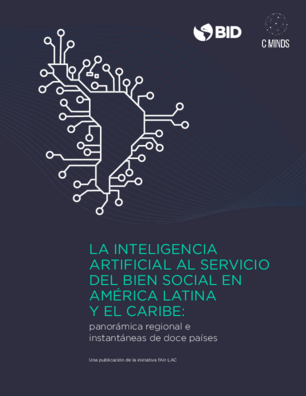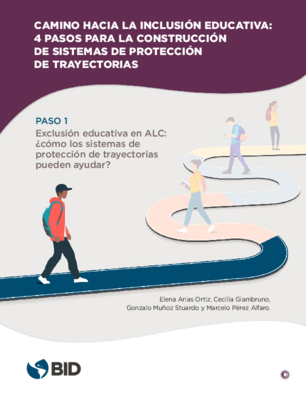Back to Observatory
Saving lives using AI in times of Covid-19
Description of the service
During the COVID-19 pandemic, health insurance providers were responsible for COVID testing but did not have the capacity or resources to test the entire insured population in short periods. We developed a multivariate risk-of-death model for positive and hospitalized cases based on comorbidities, medical history, socioeconomic conditions, and scientific literature.
Problem that it solves
During the COVID-19 pandemic, health insurance providers were responsible for COVID testing but did not have the capacity or resources to test the entire insured population in short periods.
Type of AI app used
Prediction
Main results to June 30, 2021
- 6M people covered with an ML-covered risk model
- 60,000 lives saved with a special care model
- 16% reduction in mortality in special patients
Three main bottlenecks faced during implementation
- Data quality.
- Labeling.
- Resistance.
Lessons learned in the design or use of AI for social impact
- The involvement of various stakeholders is required
- The adoption in real-life cases must be designed from the beginning.
Country of origin
Geographic scope of operations
Bogotá, Barranquilla
Website
https://www.nuvu.cc/Type of executing entity
CompanySector/industry
Sustainable Development Goal(s) to which your AI solution contributes
3 (good health and well-being)
17 (partnerships for the goals)
IA app developed internally or by a third party
Internally
Name of implementing entity
Nuvu - Hightech SAS
Stakeholders involved
Staff of Nueva EPS and Epidemiological scientists
Percentage of the development team that are women
10%
Year they started using AI-based models
2011It may interest you
Este documento presenta el Informe Final de la auditoría algorítmica del sistema Laura, llevada a cabo por Eticas Research and Consulting.
The Regional Landscape and 12 Country Snapshots
Este documento forma parte de la serie “Camino hacia la inclusión educativa: 4 pasos para la construcción de sistemas de protección de trayectorias”.



